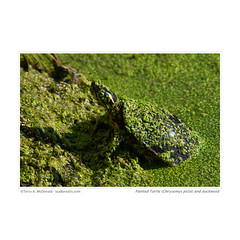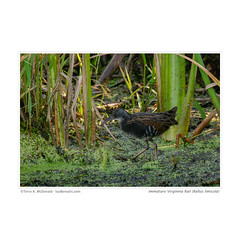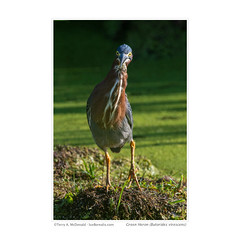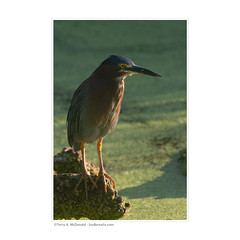George DeWolfe – B&W Master Print
I love revelations. It’s so nice to read something refreshing and new; not about using yet more technology, but actually using less. Here’s a great article on black-and-white photography that should be read by anyone who is seriously thinking about improving their printing:
B&W Master Print by George DeWolfe on Luminous Landscape
From my perspective as a long-time black-and-white darkroom worker is that George DeWolfe’s article is about the best I’ve read since Ansel Adams’ series The Camera, The Negative and The Print (and if you haven’t read them yet – I mean really read and study them – then you simply must as they are the landmark black-and-white technical manuals).
While DeWolfe spends some time outlining the use of a $95 Photoshop plug-in he’s created, what is more important is his discussion around how we perceive photographs and how we, as printers, can achieve masterful prints: that is by learning to critically evaluate all the details of photograph and learning how to take what we see and enhance it to a point where we feel.
What I also learned is that what his PercepTool appears to do in Photoshop is similar to what I’m doing in Lightroom: look carefully at how it keeps the deep shadows and keeps the bright highlights, but opens the shadows between the two creating a brighter image with more three-dimensionality. In Lightroom we can boost the Blacks value higher than normal then open up those shadows with higher Fill Light values.
Lastly, what seems to really stand out in his work is his attention to detail – not just left-right, light-dark but his perception of three-dimensions by working on the relationship of foreground to background elements, things that reside in the shadows and things in the highlights. Most importantly, he spends time evaluating instead just reaching for another tool. He looks at his work critically to learn what doesn’t quite “feel right” about the image. Perhaps more than anything else, this is the key to producing great prints.
Thank you George!



